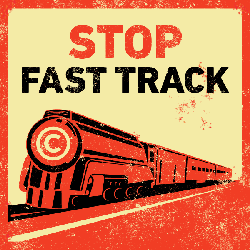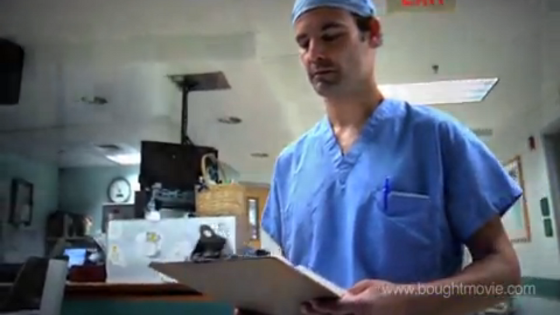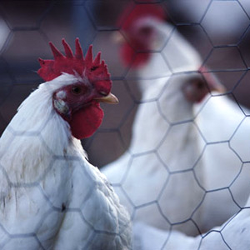ACTION ALERT
Deadline: November 14

‘Water is the driving force of all nature.’ – Leonardo da Vinci
This past August, Toledo, Ohio, residents couldn’t bathe or wash dishes in, much less drink, their water. Run-off from industrial agriculture operations had created a toxic algae bloom that contaminated the water supply for over 400,000 people.
In North Carolina, citizen activists have for years battled water pollution generated by the state’s hog farms that house 8.9 million hogs in cramped, filthy conditions and ‘flush feces and urine from barns into open-air pits called lagoons.’
In Lincoln, Wis., about half of the town’s private wells have water that exceeds bacteria or nitrate safety standards.
In Georgia, the country’s largest producer of chickens raised for meat, industrial poultry farms generate more than 2 million tons per year of broiler litter, a mixture of manure and bedding that must be removed from the houses and disposed of. It isn’t being disposed of properly, according to the U.S. Environmental Protection Agency (EPA)’which says Georgia’s lakes and streams often contain ‘dangerous levels’ of nitrogen and phosphorus.
Industrial agriculture has made more than 100,000 miles of rivers and streams and 2,500 square miles of inland lakes too polluted to sustain important uses such as swimming, fishing, drinking, or the maintenance of healthy populations of wildlife, according to Environment Minnesota.
Still, companies like Cargill, Tyson and Archer Daniels Midland, among others, want weaker, not stronger, rules for protecting your drinking water.
It’s been 42 years since Congress passed the Clean Water Act. But loopholes in the Act, along with attempts by big polluters (including agribusiness) to weaken the law, have left millions of acres of wetlands, and approximately 60 percent of America’s rivers and streams, unprotected.
The U.S. EPA wants to restore protection to those wetlands and waters’the source of drinking water for 117 million Americans. Which is why the agency proposed the Waters of the U.S., a rule intended to un-muddy the waters around which types of waters are, and are not, covered under the Clean Water Act.
Big Ag is fighting the EPA’s attempt to clean up your water. Please tell the EPA: Stand strong.











 There was no shortage of tension in the room last week when the National Organic Standards Board (NOSB) convened its fall 2014 meeting in Louisville, Ky.
There was no shortage of tension in the room last week when the National Organic Standards Board (NOSB) convened its fall 2014 meeting in Louisville, Ky.
